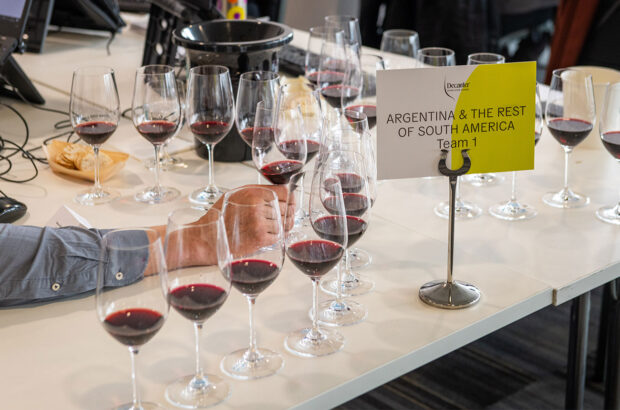keep
Crop size was primary factor – low-cropped vineyards show deep color, richness, and balance
Weather Conditions
Merlot was off to a great early start because of the warm dry weather lasting through May. Surviving the June heatwave, Merlot went on to ripen smoothly and develop fine balance during the cool weeks of July and early August. A modest hot spell in September was just right to push Merlot to desirable maturity levels. The majority was harvested under ideal conditions long before the mid-October rains, and the primary quality factor was the crop size. Vineyards that were not overcropped show deep color, richness, and balance.
Best Appellations
The best regions for ultra-supple Merlot are Stags Leap District, Carneros, Oakville, and the mountain areas such as Howell Mountain and Spring Mountain.
Best Producers
Duckhorn, Shafer, Pine Ridge, Sterling, St. Clement







